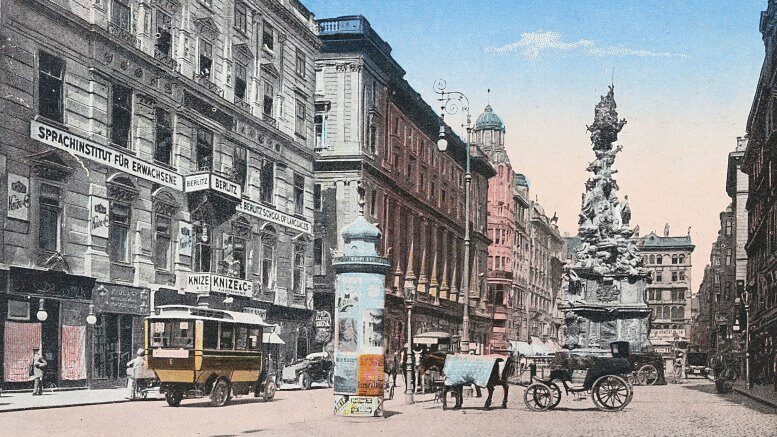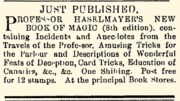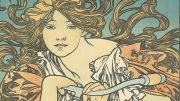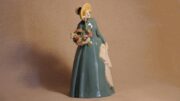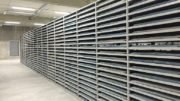Vienna is a city where the poster adopted a dominant role as a means of advertising from the 19th century onwards, and this has continued even through to the present day. Despite the widespread use of this medium and the unarguable innovations in graphic design that had their origins in Austria, poster art from Vienna is recognised around the world to a much lesser degree than such art from other regions. Nevertheless, Vienna’s tradition as a “poster city” must be considered significant with regard to not just its scope, but also the quality of its designs.
It was back in the early 19th century that Vienna experienced its first wave of posters, and the era’s cultural diversity was reflected in, among other things, the many announcements of concerts and balls. During the 1848 European revolutions, Vienna was also the scene of revolts and its previous focus on announcements for Biedermeier-style musical pursuits was replaced with a plethora of politically motivated placards. Still, the effects of the revolution led to a decline in all areas of media development. It was not until the 1860s that the poster regained its popularity. Street advertising acquired a greater depth of colour, as the technique of colour lithography was increasingly used for the production of posters.
In Vienna as well, key impetus for formal modernisation of the poster as a medium came from the field of art. In 1898 Gustav Klimt designed the announcement for the “First Art Exhibition” of the Vienna Secession Art Movement. The dominant aspect of this work was “Flächenkunst”, or two-dimensional art, which was easily perceived at first glance. Like his colleagues in the newly established artists’ association “Secession”, Klimt was convinced that seemingly unimportant everyday things – such as posters – should also be the work of artists.
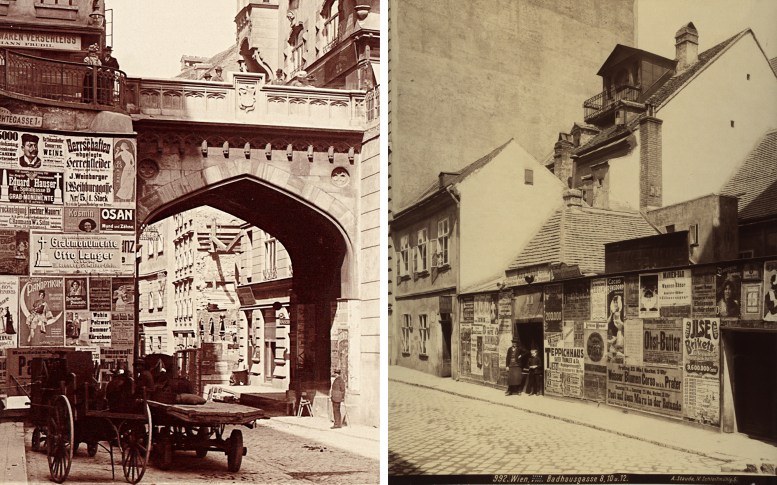
Left: August Stauda, Wien, Tiefer Graben – Hohe Brücke, 1901 / Right: August Stauda, Badhausgasse 8-12, 1902
From 1902, another group of progressive Viennese artists – the Hagenbund – also contributed to the spread of modern graphic design principles with its own posters and catalogues. Protagonists of the association, such as Joseph Urban and Heinrich Lefler , also made a name for themselves as book illustrators. Urban also enjoyed major success later on as an architect and stage designer in the USA.
The Austrian art scene received sustained impetus from the 1908 art show “Kunstschau” held in Vienna. “Objets d’art” from all areas of life – from garden design to poster art – were presented in the temporary exhibition grounds planned by Josef Hoffmann.
After advertising for cultural purposes had broken the first ground as an innovative form, with designers such as Gustav Klimt, Oskar Kokoschka and Egon Schiele, business advertising followed relatively quickly. In the early 20th century, posters as a medium experienced a veritable boom in Vienna. After long years of economic crisis, in 1898 a period of prosperity had commenced. Vienna’s population grew to two million inhabitants within a relatively short space of time. Despite social issues, a market for mass-produced items had developed, and these had to be advertised appropriately.
However, during World War I the huge upheaval in social, cultural and economic life brought radical change. In the wartime economy of scarcity, there was no sense in advertising for consumer items. Instead, the city’s billboards were dominated by official announcements, public appeals and above all advertising for the subscription of war bonds.
In the post-war period, with its immense political revolutions such as the birth of the republic, posters became an important political medium – and therefore a new component of Austria’s public communications. Before then, although there had been text placards for political purposes, this kind of visual political discussion had never before appeared on billboards.
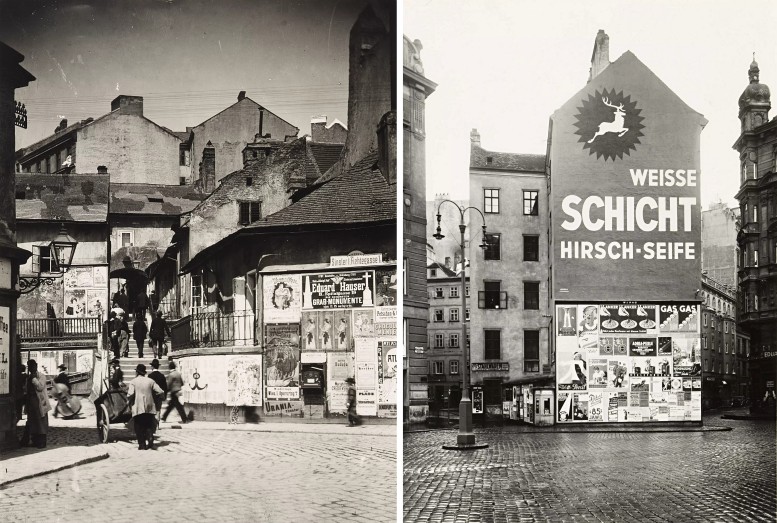
Left: Bruno Reiffenstein, Magdalenenstraße “Ratzenstadl”, 1898 / Right: Martin Gerlach jun., Wien, Tiefer Graben 36, 1934
In the 1920s, advertising for economic goods gradually regained momentum as well. Above all, the flourishing film industry and growing number of cinemas required suitable outdoor advertising, which is why so many film posters were created during this time. The quantity of work available led to ateliers being established that specialised in applied graphic design such as posters, advertisements, letterhead paper and company logos. In Vienna, an advertising scene developed that found recognition far beyond the city itself. In his publication “Posters & Publicity” from 1926, the topics explored by British graphic design expert Sydney R. Jones include “Advertising in Vienna”, in which he writes: “Working from a particular standpoint and in an original manner which they have made their own, several artists in middle Europe are leading poster design into new channels. Moved by the progressive spirit that is now influencing the advanced practitioners in both fine and applied art, they are investing advertising with a freshness and vigour that until quite recently was almost unknown. In this they are being encouraged and strongly supported by enterprising advertisers who have boldly attempted to bring art thoroughly into line with commerce for some years past. At the moment Vienna appears to be the centre of this march forward and a great deal of printed matter, schemed with much invention and full of value for purposes of publicity, is emanating from this city.”
Literature:
Bernhard Denscher (Ed.): Viennese Posters. Art, Artists, Artwork. 1868–1938. Texts by Barbara Denscher, Bernhard Denscher, René Grohnert, Murray G. Hall and Christian Maryška. Translations by Rosemary Bridger-Lippe. Aesculus Verlag, Wolkersdorf 2022. ISBN 978-3-200-08542-8.
